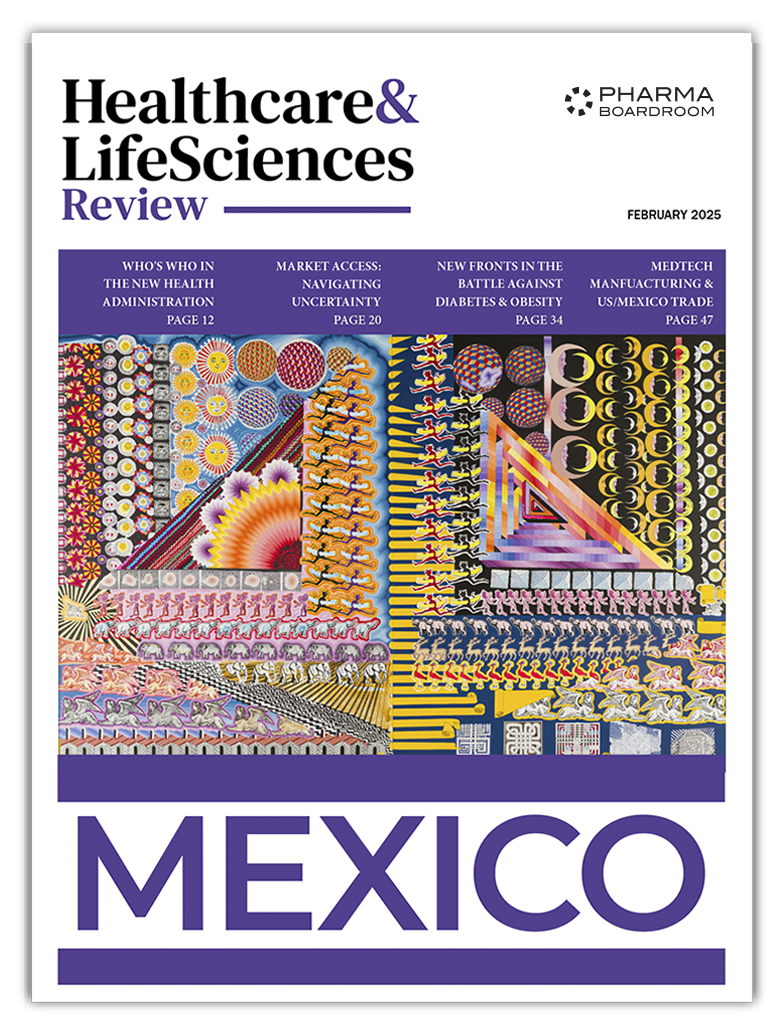As Breast Cancer Awareness Month 2024 draws to a close, PhRMA’s Elizabeth Carpenter lays out the massive progress made in breast cancer treatment outcomes over the past half-century. However, Carpenter warns that further progress in breast cancer R&D is under threat, highlighting three key policy barriers that must be removed to ensure cutting-edge treatments continue to be developed and made available to patients.
Many years ago, a group of dedicated women from organizations like the American Cancer Society Cancer Action Network helped make breast cancer a national priority. Today, pink ribbons, shirts and wristbands help educate people about the importance of preventive screening. People run 5Ks to honor friends and family they’ve lost to the disease. High schools, colleges and even the NFL dedicate games to breast cancer awareness.
For those fighting for a cure, there’s a lot to celebrate – this Breast Cancer Awareness Month and always.
Earlier this year, a study published by the Journal of the American Medical Association found that death rates from breast cancer have been cut by more than half over the last 50 years.
In 1975, 48 out of every 100,000 women died of breast cancer. By 2019, that number was 27 of every 100,000. The study looks at why we’ve made so much progress.
The JAMA piece finds nearly all the gain – 76% – is because of better treatments for breast cancer. The remaining benefit comes from better screening.
We should not only be proud of these results, but also take the time to understand what makes them possible.
Today, new drugs and new classes of medicine are allowing for better, more targeted treatments of both metastatic breast cancer and earlier-stage disease. It seems like every few months, there’s another advance to celebrate.
Just last year, the US Food and Drug Administration (FDA) approved a treatment for women with HER2 low advanced cancer that can’t be removed surgically or that has spread elsewhere in the body. Researchers believe the therapy, an antibody-drug conjugate, has the potential to redefine treatment for half of all of people with breast cancer.
To continue research on these already approved medicines to see who else might benefit, we need to preserve the system that enables this R&D by removing three obstacles that are keeping the science from moving forward.
First, we need to remove policies that threaten incentives for research and development after a medicine is initially approved. More than 60% of cancer medicines between 2010 and 2012 received follow-on indications to treat additional diseases, with most being 7 or more years after the FDA first cleared the medicine. The Inflation Reduction Act (IRA) fails to recognize these advancements when setting prices. Undercutting R&D that takes place after a medicine comes to market keeps us from getting the most we can out of every medicine.
Second, we need to remove barriers to patient access in Medicare. A major threat to patient access is the pill penalty in the Inflation Reduction Act. Patients often prefer medicines that come in pill or tablet form because they cut down on travel time to a physician’s office or hospital. They can also be an adherence game changer for those living in pharmacy deserts or for caregivers trying to keep up with their loved ones’ treatment plans.
The Inflation Reduction Act allows price setting for these medicines before other types, creating a disincentive toward investing in research for pills and tablets into the future. This is the opposite of what patients want.
Last, we need to remove the Inflation Reduction Act’s barriers to the lower cost options being introduced into the market, like biosimilars. Biosimilars are biologic medicines that are highly similar to an existing biologic medicine already approved by FDA. Because biologics are made from living organisms, they can’t be reproduced in the same way as can other medicines. So rather than generic “copies,” we have biosimilars of these medicines. Owing to their complexity, biosimilar development can take between seven and eight years and $100-$250 million in investment. But the savings – more than $180 billion in the next 5 years – could be significant.
Yet, the biosimilar market may be in jeopardy. Biosimilar developers can’t predict which biologics will be subject to price setting under the Inflation Reduction Act. Without a pause on government price setting for medicines that will soon face biosimilar competition, manufacturers may choose not to bring these products to market as they may be forced to compete against a medicine subject to government price setting, putting the potential savings at risk.
If we learned anything from the past several decades of advances in breast cancer, it’s that the patient’s voice is critical. Through the 1970s and 1980s, investment in breast cancer lagged other leading killers. Yet, vocal advocates pushed for equity to ensure that society not only paid attention to breast cancer but had an innovation ecosystem that rewarded the search for cures and moved the needle on patient-centered drug development. Because of their work, things that are important to patients – like quality of life and the ability to return to work – are increasingly valued by policymakers and researchers.
We shouldn’t stop listening to patients with cancer. And we shouldn’t hesitate to remove obstacles to protect the innovation ecosystem that has delivered treatment advances for patients, decade after decade.
Elizabeth Carpenter is the executive vice president of policy and research of the Pharmaceutical Research and Manufacturers of America (PhRMA), which represents America’s leading biopharmaceutical research companies.



